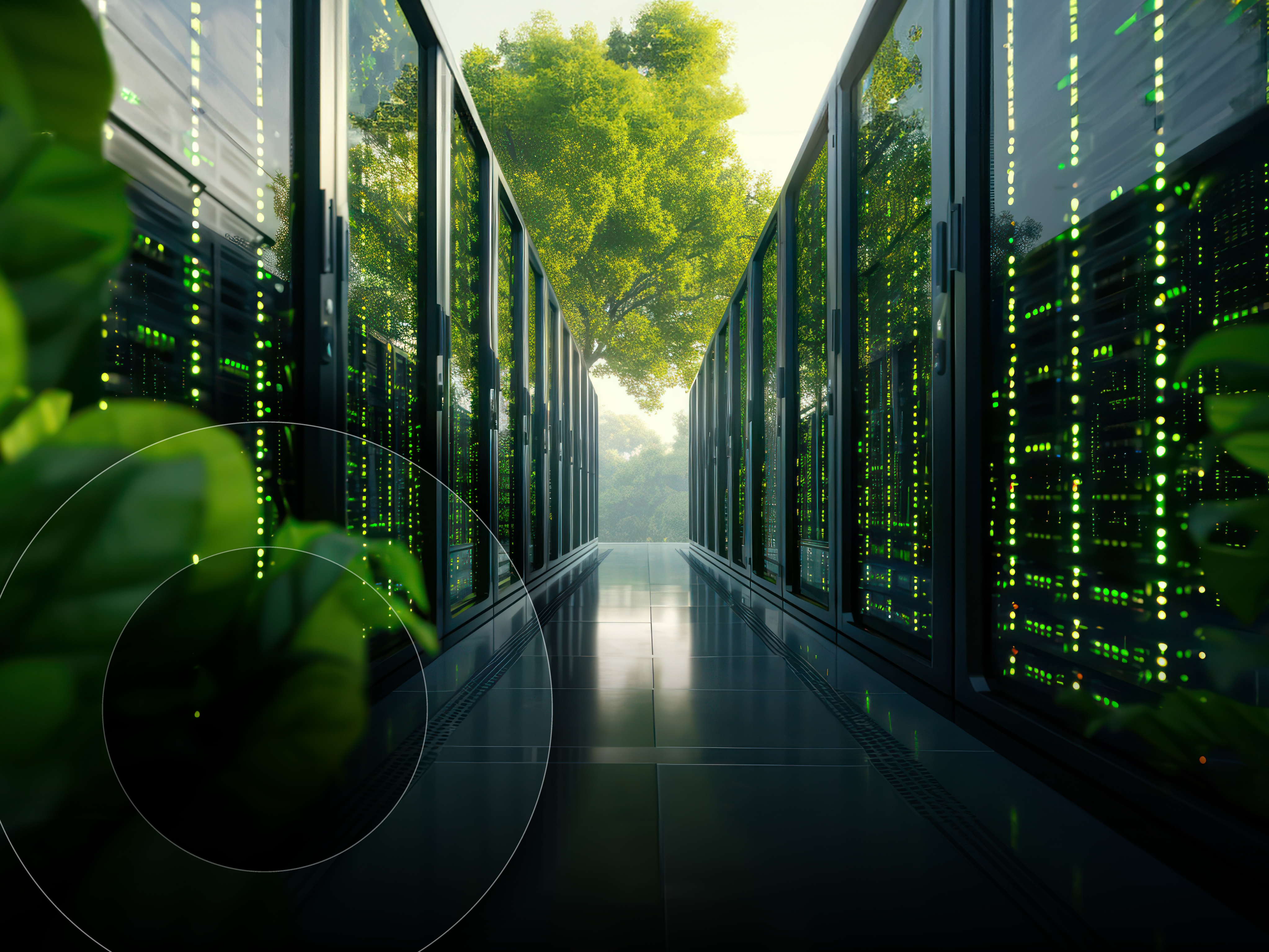Innovation Heroes: How to build a sustainable data center in 30 days:
Redivider creates data centers using prefabricated modular parts that can go live in a month

Data centers around the globe are struggling to keep up with demand as data needs continue to explode. It’s estimated that between today and 2025, there will be 5.5 times the amount of data there is today, according to Tom Frazier, CEO and Fund Manager of Redivider.
Frazier appeared on the latest episode of Innovation Heroes, a podcast by SHI, where he talked with host Ed McNamara about how his company is shifting the way data centers are built and operated.
“The thing humanity consumes the most is water,” he says. “The second thing we consume the most is data, and that’s growing at an absolutely alarming rate.”
The pandemic’s switch to remote work challenged how data is transmitted and proved to be a perfect use case for edge computing. Seeing this opportunity, Redivider was created in 2021.
Traditionally, it can take up to three years and a quarter of a billion dollars to build mega data centers. Redivider says it is creating data centers using prefabricated modular parts that can go live in 30 days. The centers are smaller, meaning they can be pushed closer to where people are and where data is created.
“If you think of a data center the way it sounds, it’s like an airport, with massive noise pollution,” says Frazier. “When a large data center goes into a town, they hire a national construction firm. The local economy is not benefiting that much because it’s an external workforce. Then they’re largely designed to be lights-out facilities. So, you now have massive data campuses around the world that don’t do a whole lot for local communities.”
According to Frazier, the missing ingredients for the future of data centers are sustainability and social impact. Redivider works to align with the UN’s Sustainable Development Goals and provides carbon-neutral and -negative solutions. Frazier also talks about innovative techniques to attain these goals, including:
- Creating community greenhouses that leverage the heat generated by data centers.
- Combatting noise pollution by building immersion cooling technology into facilities.
- Harnessing green energy sources such as hydrogen to power data centers.
Listen to the full conversation to further explore the future of sustainable data storage. You can also find episodes on SHI’s Resource Hub, Spotify, and other major podcast platforms, and on YouTube in an all-new video format.
Video + audio
Audio only




